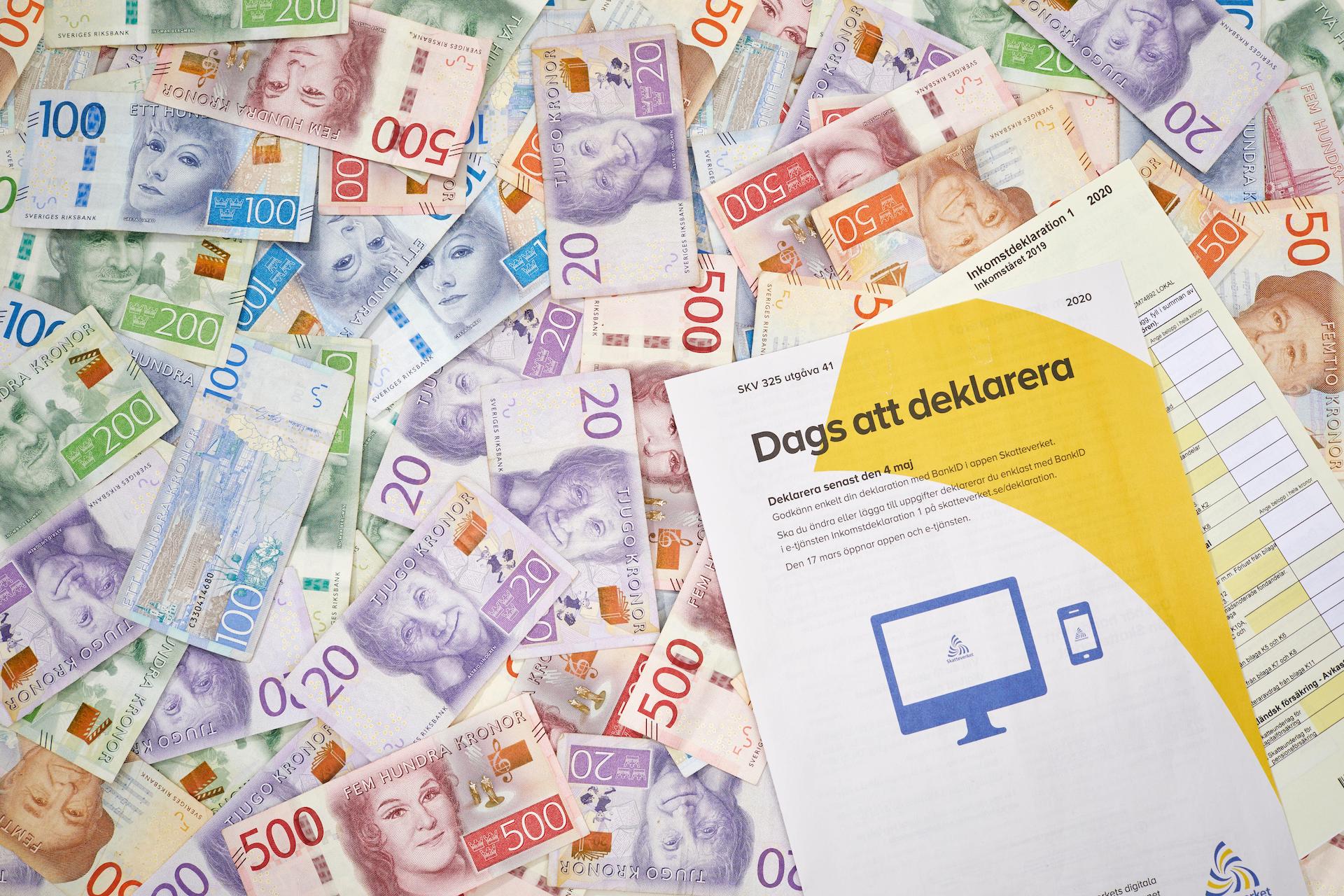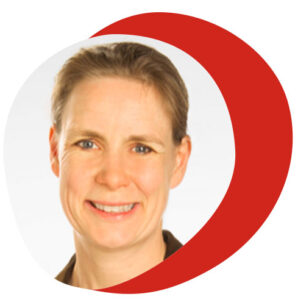In many parts of the world, asking about other people’s wages or salaries is taboo. Not so in the Nordics.
In Sweden, Norway and Finland, information about every individual’s income is publicly accessible. Every year, media outlets in these three Nordic countries publish articles like “They earn the most in your municipality,” “These are Norway’s 100 richest men and women” and “Here are the Eskilstuna residents below 40 earning most.”
Overall, pay transparency has led to higher pay for some low-income earners, who knew to ask for higher pay upon discovering what other people were paid. Women are less likely to ask for more money when negotiating pay, and the International Labor Organization (ILO) argues that pay transparency is a primary way to combat the gender pay gap.
According to the ILO, women are paid 20% less than men on average globally. While individual characteristics such as education, skills and experience, working time and occupational segregation explain part of the gender pay gap, a large part is due to discrimination against women.
But has making salary information public in the Nordics actually had an effect on gender pay equality?
The gender pay gap in select countries
The history of pay transparency
Pay transparency dates back to the 18th and 19th centuries in Sweden and Norway, while it is a relatively new phenomenon in Finland.
In Sweden, the principle of public access to official documents has been in place for more than 250 years. In 1766, this principle was incorporated into the country’s Freedom of Press Act.
The public access principle gives the general public the right to read official documents submitted to or drawn up by the authorities. The wages of all civil servants are public knowledge. The former Swedish prime minister, for instance, earned 184,000 Swedish krona (SEK) monthly, about $17,900.
The tax returns of all adult Swedish residents are considered official documents and consequently become public once the country’s tax agency (Skatteverket) has finalized them. As a result, anyone can find out the taxable incomes of any Swedish resident, as well as the total amount of taxes due by calling the tax agency or by searching online.
It has become more cumbersome to digitally retrieve income information about a neighbor or colleague. Since 2007, the person seeking the figures must have a legitimate reason for their request, such as considering a loan or a lease, and the requester’s identity is shared with the subject.
But it’s easy to get around this administrative hurdle. Private companies offer extracts of tax declarations for a mere SEK 9 ($0.88) online. Or you can order a catalog of the income of all 6.5 million Swedish taxpayers online for SEK 249 ($24). This register also lists debts with the Swedish Enforcement Agency (Kronofogden), and includes lists of every person declaring more than 1 million SEK ($97,300) in personal income and the most searched individuals in each municipality.
Norway’s Public Access Act resembles the Swedish one — the two countries were governed as a union until 1905. The purpose is to give its citizens access to the Norwegian administrations’ decisions and procedures so that they can better understand the authorities’ activities.
Each year, the Norwegian Tax Agency (Skatteestaten) posts the annual tax returns of all Norwegian residents on its website, listing the taxable income, wealth and imposed tax. Until 2014, you could search the tax lists anonymously. Now the tax agency informs the person whose fiscal data is searched of the name, postal code, town and year of birth of the person who searched for them. As a result, the number of searches plummeted by 90%. But, just as in Sweden, private companies in Norway have filled the gap by offering anonymous searches for a fee, as little as 39 krone (NEK), about $3.90.
Finland embraces transparency
The principle of public access to official documents is also enshrined in the Finnish constitution. The country’s first constitution from 1919 includes freedom of the press but does not specifically mention access to documents. It took until 1951 before an ordinary law on openness of public documents was adopted. This law lacked constitutional status until 1999, when it was amended into the Act on the Openness of Government Activities.
In Finland, tax records released every November include the amounts of earned income and capital income subject to state and municipal tax as well as total taxes. Unlike in Sweden and Norway, this information is not available online — searches can only be done at tax offices or requested by telephone.
But when it publishes tax data, the Finnish tax administration (Verohallinto) sends out all public information on individuals with taxable incomes exceeding €100,000 to the country’s media outlets.
Concerned parties have the right to object to this dissemination of their income and tax data as a consequence of the E.U.’s General Data Protection Regulation (GDPR). They can oppose the transfer of their tax records by submitting an objection statement on grounds relating to their own or their relatives’ safety, health, ability to practice a profession or carry out work. Disagreeing with the public dissemination of tax information is not considered a valid reason.
The tax administration considers each objection on a case-by-case basis, and about 95% of the opt-out requests pertaining to the previous year’s tax records have been approved to date. In 2021, the Finnish tax authority received about 2,600 requests for exemptions. This year, opt-out requests are down by about a third after a court ruling found that the names of people requesting an exemption is also public information.
Issues with pay transparency
This total openness does not exist without its problems. A concerned Swedish jobseeker, writing to her union, Kommunal, asked: “Why should my future boss be able to find out what I earned at my previous workplace? Can I demand confidentiality of my salary information?” The response from the Swedish Trade Union Confederation LO’s legal expert was that the principle of openness is enshrined in the Swedish constitution.
But Nordic countries believe public openness has advantages at a more general level. It seems to be catching on in the U.S., where pay transparency laws are spreading at state and local levels. “It’s going to force more companies to take a closer, more active look and engage themselves with pay equity more. And it will also give people more of a chance to say ‘I don’t think my pay is fair,’ and engage on that issue,” David Rapuano, a labor lawyer in New Jersey, told Benefits Pro.
In Norway, researchers at the University of Stavanger found that between 2001 and 2012, when Norwegian employees could anonymously find out what their colleagues earned, the incomes of the lowest earners went up by 5% within a year. Research carried out at the University of California reached the same conclusion: Employees who learn that they earn less than their colleagues with comparable work tasks are significantly more inclined to look for another job.
Does it fix the gender pay gap?
Sweden, Norway and Finland all have laws requiring men and women to receive equal pay for work of equal value. Employers are required to produce pay surveys aimed at detecting, remedying and preventing pay discrimination. Noncompliance can lead to monetary penalties. Nevertheless, the gender pay gap persists in the Nordics despite its long tradition of income transparency.
The explanations for the gender wage gap are the same as in the rest of the world: Gender segregation in the labor market, with many more women working in the public sector and part-time; men having a steeper growth in earnings; reaching the top of the career ladder; and the pay gap that develops during maternity leave.
Finland ranks worst in terms of gender pay equality in the region, with an average gender wage gap of 16%, according to the Finnish Center for Gender Equality Information.
The gender pay gap is closing slowly in Finland, figures from Statistics Finland show. The Center underlines that the pay gap cannot be explained by education, given Finnish women are more educated than their male colleagues. Their average earnings are nevertheless lower than men’s at all levels of education.
In November 2021, the Finnish government again took up the fight against this pay gap with legislation aimed at reducing and ultimately eliminating wage discrepancies. The proposed bill was nonetheless controversial: It was criticized by trade unions, which demanded greater transparency, and the Confederation of Finnish Industries (EK), the biggest employers’ organization, which said it would create more conflicts in the workplace.
“It will affect the atmosphere in workplaces, creating mistrust and unfounded allegations, if these proposals enter into force,” EK’s legal advisor Katja Leppänen told Swedish news agency TT. Talks between the five parties in Finland’s governing coalition broke down in summer 2022.
4.5% of the Swedish gender pay gap may be indicative of discrimination.
“The work to prevent gender-based pay discrimination and advancing pay equality will continue in other government actions supporting equal pay,” the Finnish Equality Minister Thomas Blomqvist told Reuters, not mentioning specifics.
Data from the Swedish National Mediation Office shows that the gender pay gap is low within public authorities at the municipal and state levels (1.5% and 5.3%, respectively). Wage differentials in the private sector hover around 10%, and the pay gap among white-collar workers is even higher, exceeding 15% last year.
These discrepancies can to a large extent be explained by the choice of occupation and sector of women, which in turn affects wages. Women make up two-thirds of the workforce in the Swedish public sector, which pays less than the private sector. They are also overrepresented in low-paid professions such as assistant nurses, childminders at pre-schools and sales clerks.
The mediation office has used a statistical method known as standard weighting to analyze how differences in occupation, age, education and sector affects salaries. Their conclusion: 4.5% of the Swedish gender pay gap cannot be explained by the available data and may be indicative of discrimination.
The gender pay gap in Sweden
In Norway, women and men who hold the same type of job, or who have the same length of education and experience, generally have the same level of pay, data from Statistics Norway show. The pay gap has declined from 17% two decades ago to reach 12% last year. According to the office of statistics, the main reason behind the pay gap is that there are far more men than women at the top end of the pay scale. The pay gap is more than halved when the top 10% of earners are removed.
So the Nordics’ full pay transparency has not succeeded in wiping out the gender pay gap, though these countries have small pay gaps compared to the rest of the world. This is helped by the fact that collective agreement coverage is high — 91% in Finland, 88% in Sweden and 70% in Norway — so many occupations have set pay bands.
It’s also worth noting that these countries do not collect data on ethnicity and race, which makes determining the existence of racial disparities in pay all but impossible.
Read more
Sign up to keep up to date with ReThink Q.








